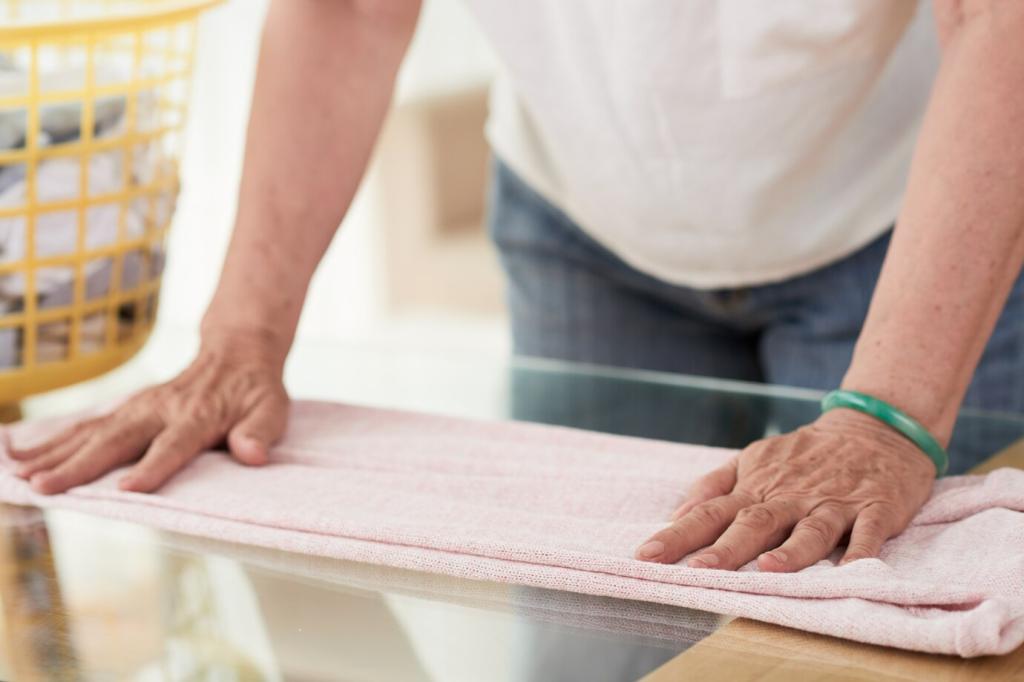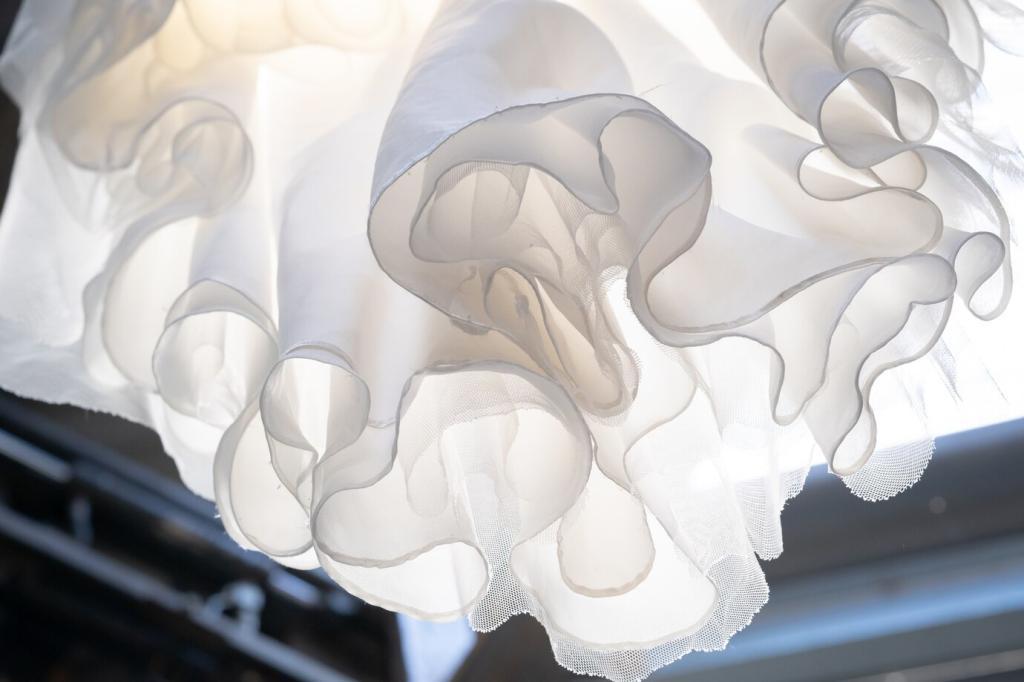Care Between Washes to Extend Freshness
Each morning, fold the duvet back for ten minutes to release humidity. Lightly shake pillowcases to dislodge dust, preserving that crisp, cool feel until the next planned wash.
Care Between Washes to Extend Freshness
Flip pillowcases midweek so your skin meets a fresher side. If your fitted sheet is symmetrical, rotate it head-to-foot to spread wear and delay that slightly matte look.
Care Between Washes to Extend Freshness
Tell us how often you wash your silk bedding and what cues you trust. Comment with your climate, habits, and wins, and subscribe for monthly checklists that refine your personal schedule.








